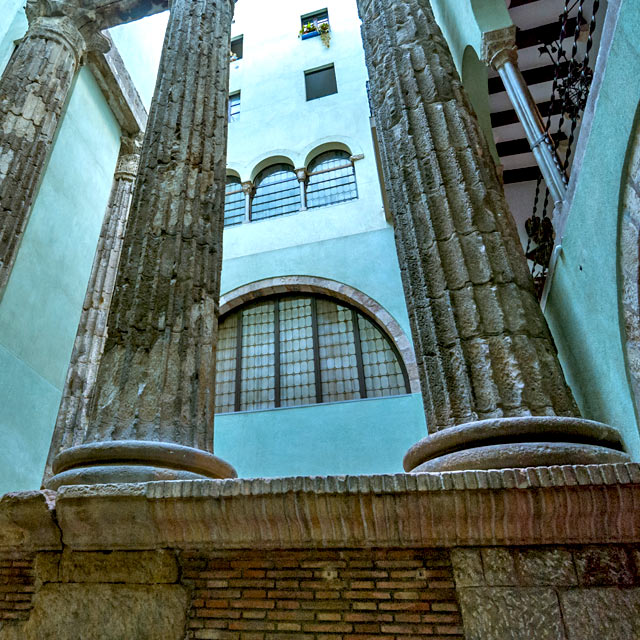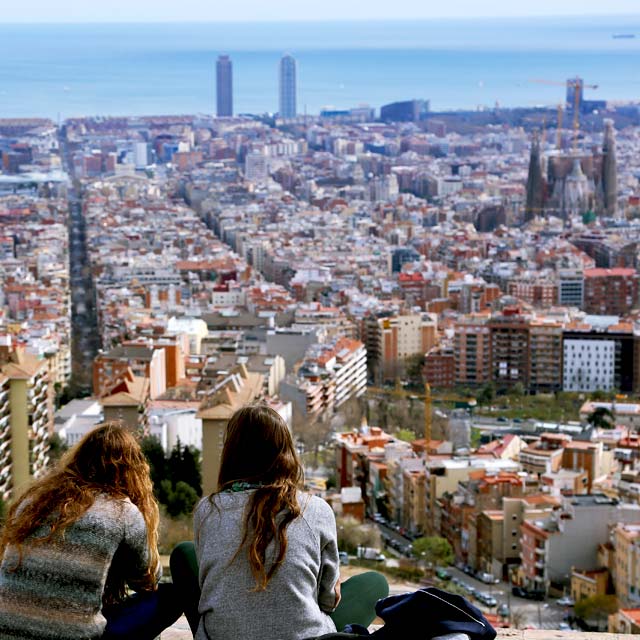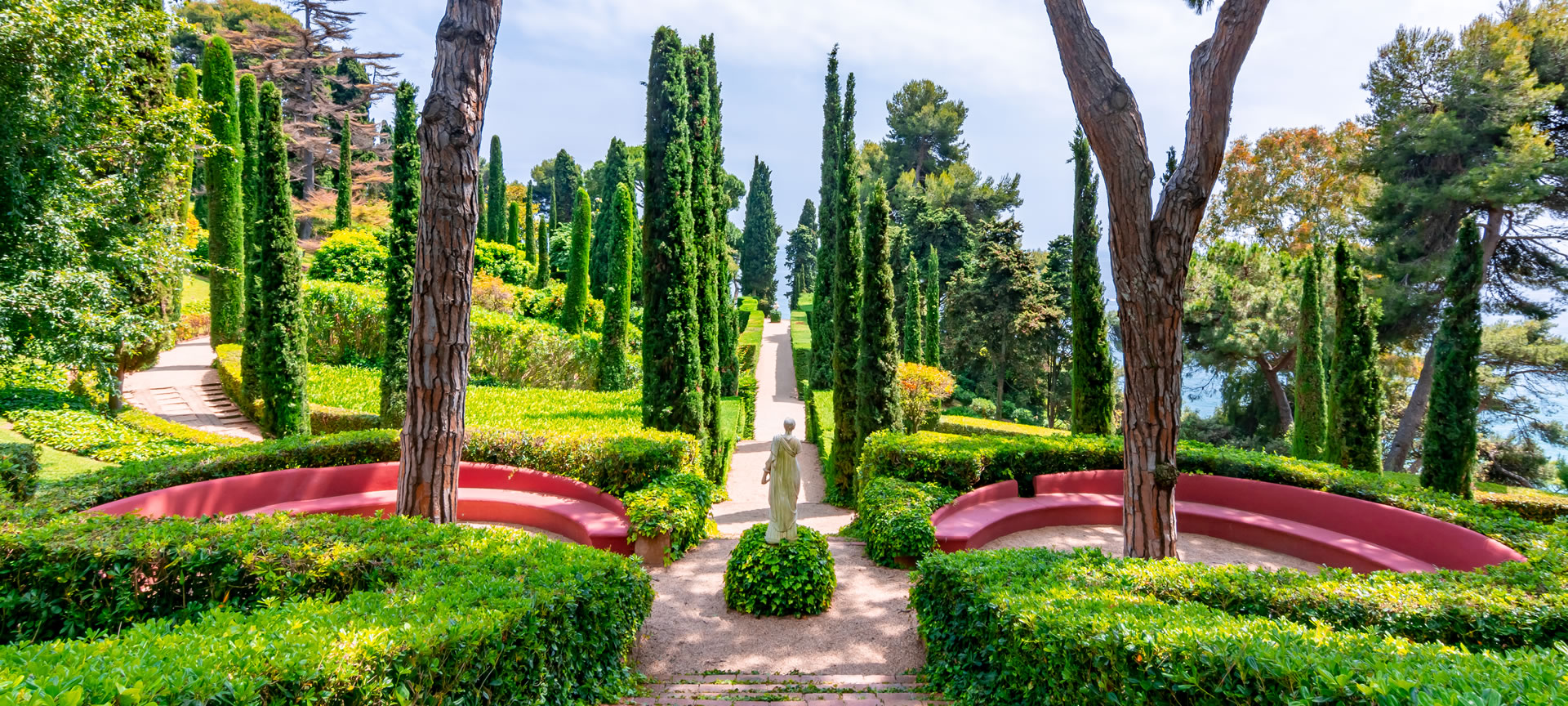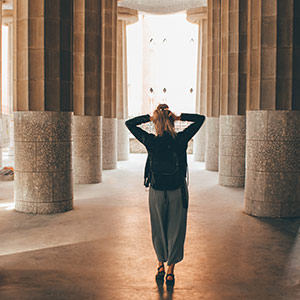The first stop is in the heart of the Gothic quarter, in a courtyard off Carrer Paradís. Here are the remains of the Templo Augusto (about which you can learn more at the Museum of History of Barcelona), four columns that seem out of place and which directly inspired our next stop: the Parthenon Masriera (calle Bailén 70). It is inspired by the previous one and its façade is reminiscent of a temple of Greek origin, but built at the end of the 19th century. It has been home to an art workshop, theatre and religious residence. Today it is one of the city’s secrets and an enigma for many tourists (only the exterior may be viewed).The next discovery retains the maritime charm of the typical fishermen’s cottages by the sea. This is Plaza Prim, in the Poblenou district, a quiet enclave with a popular fish restaurant.










